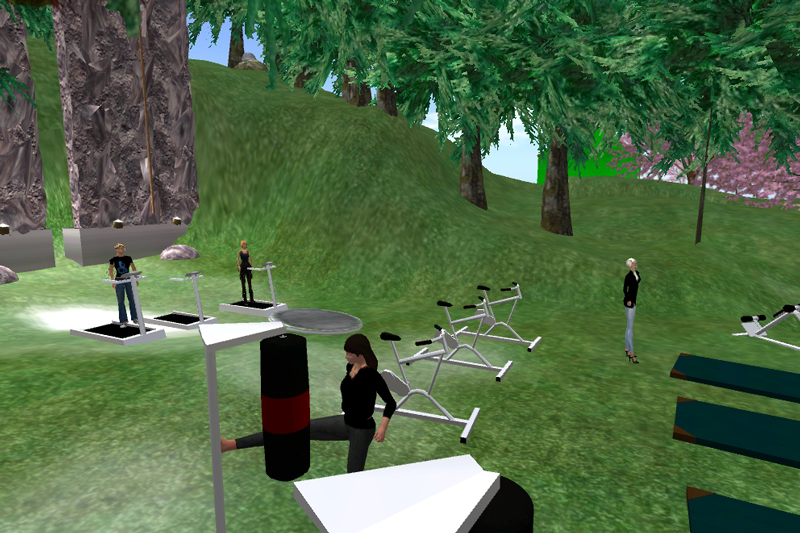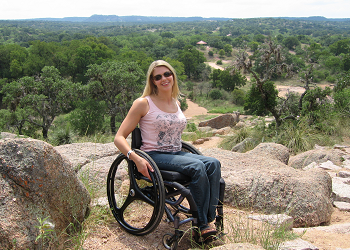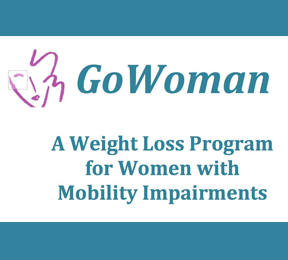The power of virtual reality: It’s all in your mind

In our previous blog, Terri O’Hare, a member of the GoWoman community advisory board, wrote passionately about her awakening to the excitement and fun of engaging in the virtual world of Second Life.
Our research to develop and test health promotion programs in this medium is having amazing success. We think we are really onto something, and here are some reasons why:
Virtual worlds are liberating
People with disabilities live day in and day out within the limitations that are part of their disabling condition. Running, jumping, dancing, kicking a punching bag are stress relieving experiences many of us can only imagine. In virtual reality, we do more than imagine; we watch our “selves” doing it. In Second Life we can even fly; the ultimate in liberating experiences!
Virtual worlds are immersive
You can forget about everything while you’re there. You can change the atmospheric conditions, make it hot or cold, bright or dark, crowded or solitary, mountainous or oceanic, you can fill your environment with rock ‘n roll or soothing New Age sounds. Technology doesn’t yet allow you to feel the hot or cold or wetness or dryness on your skin, but you certainly can imagine it.
You have the chance to experiment without risk
With the right training, you can learn how to “explore new worlds, boldly go where…” Well, you get the point. If you get caught in the pull of a black hole, all you have to do is push the escape button. This applies not just to roaming around different environments, but also taking advantage of many, many learning opportunities as educators look at ways to use virtual reality for passing on knowledge.
You can redefine yourself and see how it fits
I discovered a shocking new reality, that it is very difficult to separate my disability self from my woman self. When my able-bodied avatar goes into a crowded virtual room and strikes up a conversation with someone new, my first impulse is to say, “Well, you know, I’m really disabled.” I need to figure out what acting disabled is all about.
It can affect change in your real body and your real-world behavior
There is a virtual workout area on our island. Several of our advisors described physiological changes, such as increased heart rate, from watching their avatars exercising. Terri also mentioned that watching her avatar exercise caused her to imagine new behaviors and possibilities for herself in real life. We need to understand both of these phenomena better.
Terri’s experience is related to the Proteus Effect, the process by which an individual’s behavior matches their online self-representation. (You can read the study here in this PDF.) Scientists at Stanford University’s Virtual Human Interaction Lab are examining exactly how this works.
If you would like to learn more about our bold experiments in virtual worlds, please check out the Current Studies link on our website.
Additional Resources
Read more posts by Margaret Nosek
Finding the right online tools to meet your weight-loss goals
Challenges in weight loss: Doing it blind
– By Margaret A. Nosek, Ph.D., executive director of the Center for Research on Women with Disabilities at Baylor College of Medicine




Pingback: How to hypergrid | Games News - MMORPG NEWS